Post by Bonobo on Jan 11, 2019 23:19:43 GMT 1
After WW2 Poland lost its lands in the East and received German lands in the west. That was decided by superpowers which won the war. Millions of Germans had to pay for their leaders` actions during the war.

After WW2 during which Germans committed numerous crimes against Poles and Jews in occupied Poland, contributing to the death of 6 million Polish citizens, it became obvious that sth had to be done with German population living in the territory given to Poland as a compensation for the lost lands in the East. To avoid further animosities and pretexts for a new conflict, allied powers decided to resettle Germans from now Polish lands.
It was especially important in view of 1933 elections in Germany. The majority of inhabitants of the lands which later returned to Poland (Breslau region, East Prussia, Pommerania with Gdańsk) voted for Hitler`s NSDAP party - it was impossible to leave them where they lived.

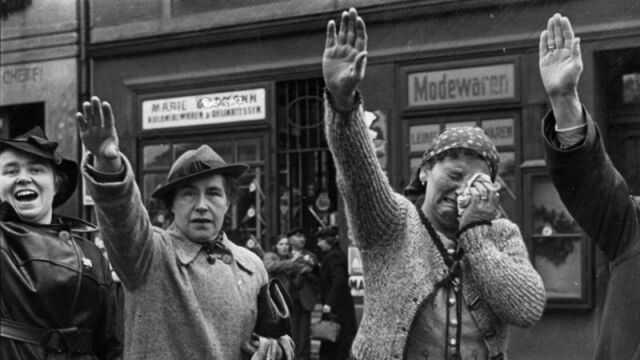
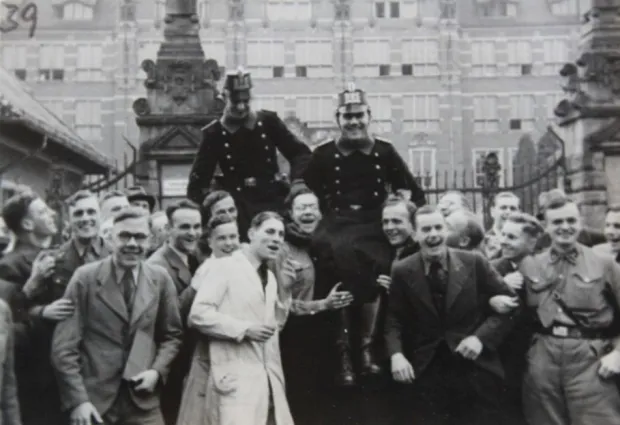
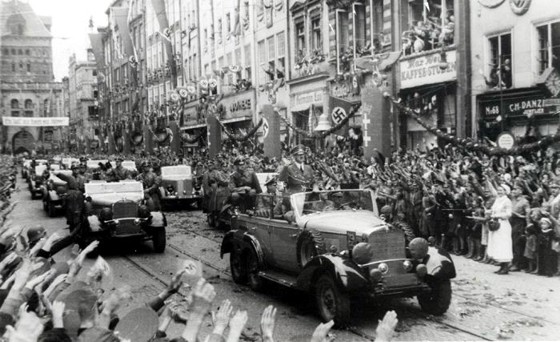
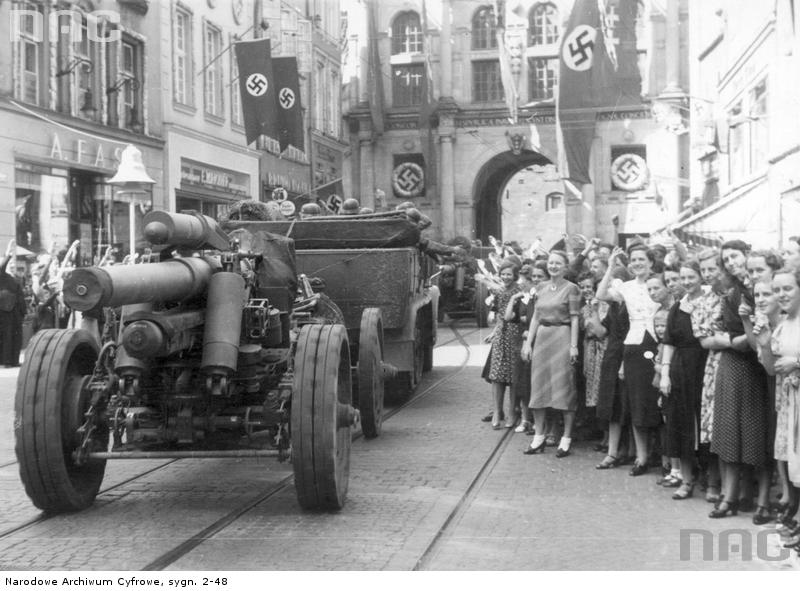
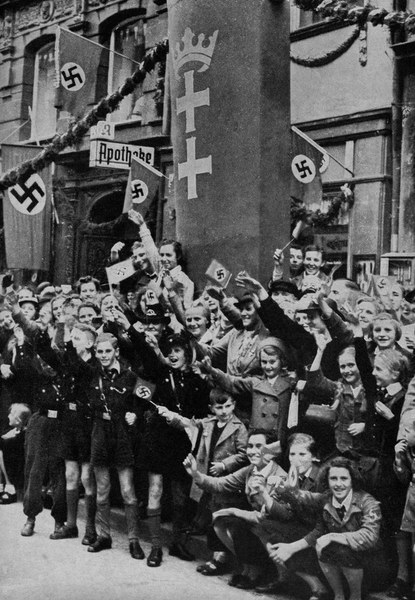

en.wikipedia.org/wiki/Flight_and_expulsion_of_Germans_from_Poland_during_and_after_World_War_II
The flight and expulsion of Germans from Poland was the largest of a series of flights and expulsions of Germans in Europe during and after World War II. The German population fled or was expelled from all regions which are currently within the territorial boundaries of Poland, including the former eastern territories of Germany and parts of pre-war Poland.
During World War II, expulsions were initiated by Nazi Germany in occupied Poland. The Germans deported 2.478 million Polish citizens from the Polish areas annexed by Nazi Germany,[1] murdered another 5.38–5.58 million Poles and Polish Jews and resettled 1.3 million ethnic Germans in their place.[2] Around 500,000 Germans were stationed in Poland as part of its occupation force; these consisted of people such as clerks, technicians and support staff.[2]
The German population east of Oder-Neisse was estimated at over 11 million in early 1945.[3] The first mass flight of Germans followed the Red Army's advance and was composed of both spontaneous flight driven by rumours of Soviet atrocities, and organised evacuation starting in the summer of 1944 and continuing through to the spring of 1945.[4] Overall about 1% (100,000) of the German civilian population east of the Oder–Neisse line perished in the fighting prior to the surrender in May 1945.[5] In 1945, the eastern territories of Germany as well as Polish areas annexed by Germany were occupied by the Soviet Red Army and Polish Communist military forces. German civilians were also sent as "reparations labor" to the USSR.[6] The Soviet Union transferred former German territories in the east of the Oder–Neisse line to Poland in July 1945.[7] In mid-1945, 4.5 to 4.6 million Germans remained on the territories under Polish control.[8] Early expulsions in Poland were undertaken by the Polish Communist military authorities[9] even before the Potsdam Conference ("wild expulsions"),[10] to ensure the later integration into an ethnically homogeneous Poland[11] as envisioned by the Polish Communists.[12][13] Between seven hundred and eight hundred thousand Germans were affected.[4] By early 1946, 932,000 had been verified as having Polish nationality. In the February 1946 census, 2,288,000 persons were listed as Germans and 417,400 became subject to verification aiming at the establishment of nationality.[14][15] From the spring of 1946 the expulsions gradually became better organised, affecting the remaining German population.[4] By 1950, 3,155,000 German civilians had been expelled and 1,043,550 were naturalised as Polish citizens.[16] Germans considered "indispensable" for the Polish economy were retained; virtually all had left by 1960. Some 500,000 Germans in Poland, East Prussia, and Silesia were employed as forced labor in communist-administered camps prior to being expelled from Poland.[17] Besides large camps, some of which were re-used German concentration camps, numerous other forced labour, punitive and internment camps, urban ghettos, and detention centres sometimes consisting only of a small cellar were set up.[18]
The attitude of Polish civilians, many of whom had experienced brutalities during the preceding German occupation, was varied.[19] There were incidents when Poles, even freed slave labourers, protected Germans, for example by disguising them as Poles.[19] The attitude of the Soviet soldiers was ambivalent. Many committed numerous atrocities, most prominently rapes and murders,[20] and did not always distinguish between Poles and Germans, often mistreating them alike.[21] Other Soviets were taken aback by the brutal treatment of the Germans and engaged in their protection.[19] According to the West German Schieder commission of 1953, the civilian death toll was 2 million.[22] However, in 1974 the German Federal Archives estimated a death toll of about 400,000.[23][24][25].
West German government figures of those evacuated, migrated, or expelled by 1950 totaled 8,030,000. (6,981,000 former German territories; 290,800 from Danzig, 688,000 pre-war Poland and 170,000 Baltic Germans resettled in Poland during the war).[26] Gerhard Reichling, a researcher employed by West German government, put the figure of Germans emigrating from Poland from 1951 to 1982 at 894,000; they are also considered expellees under German Federal Expellee Law.[27]

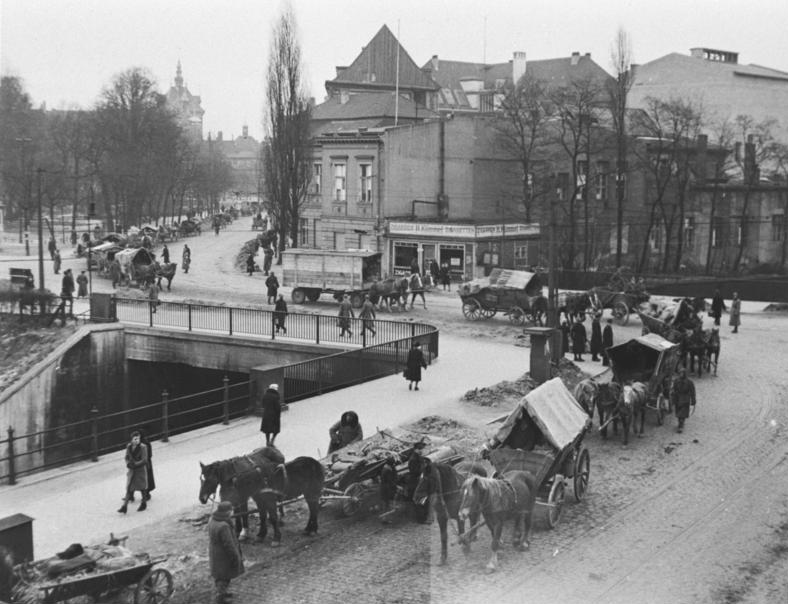

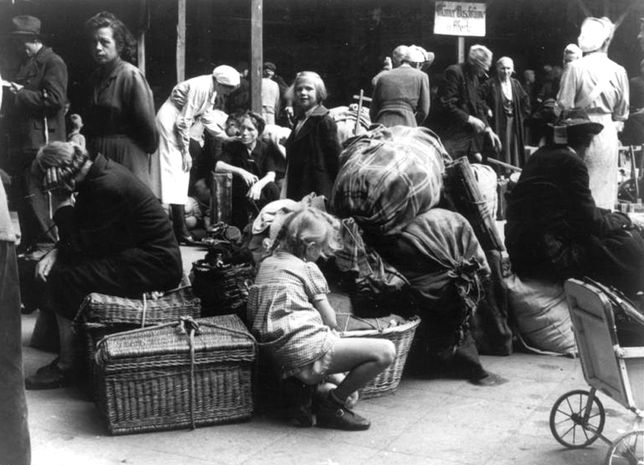
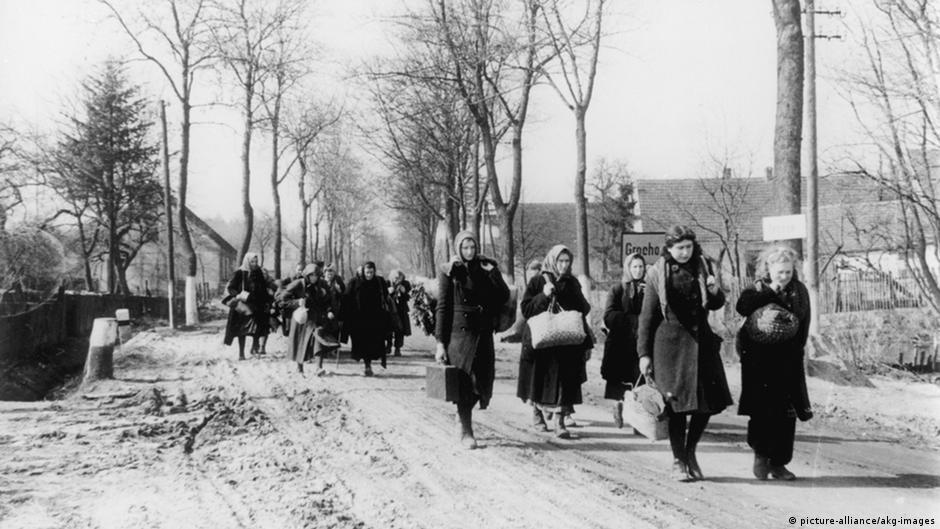

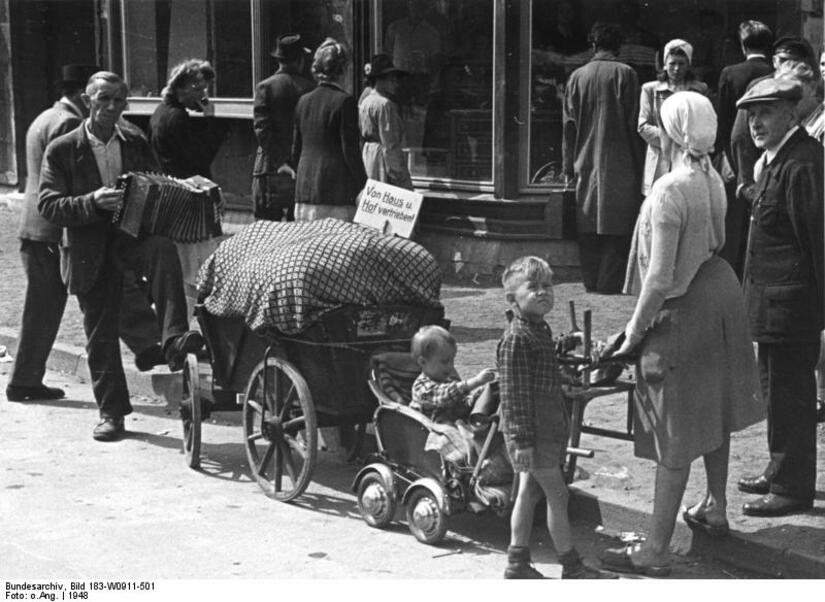

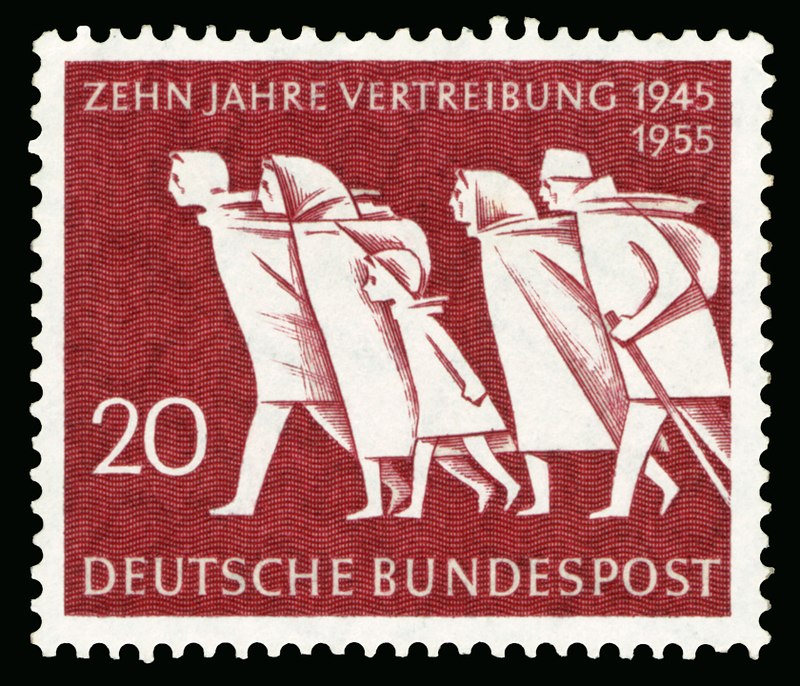

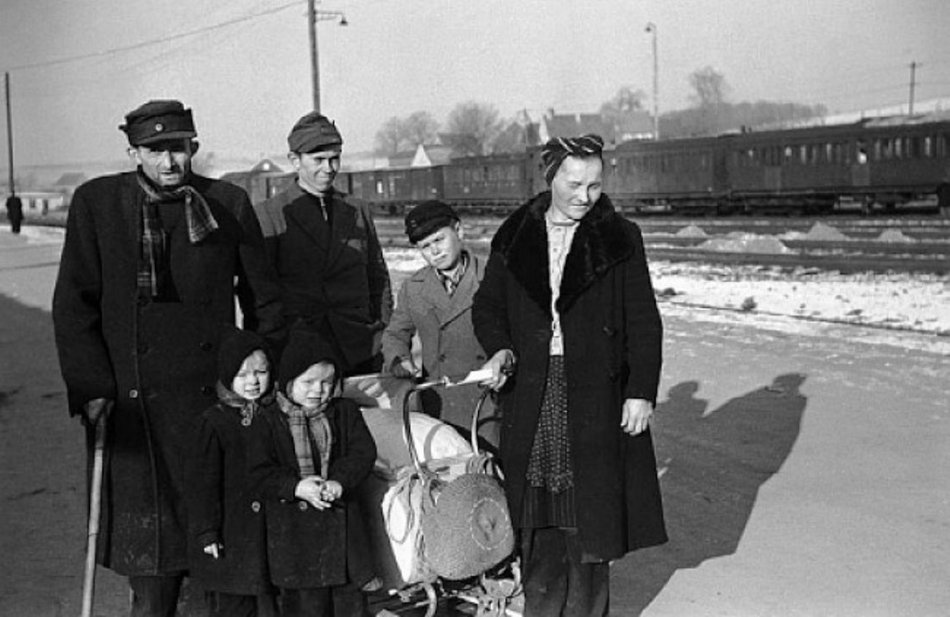

After WW2 during which Germans committed numerous crimes against Poles and Jews in occupied Poland, contributing to the death of 6 million Polish citizens, it became obvious that sth had to be done with German population living in the territory given to Poland as a compensation for the lost lands in the East. To avoid further animosities and pretexts for a new conflict, allied powers decided to resettle Germans from now Polish lands.
It was especially important in view of 1933 elections in Germany. The majority of inhabitants of the lands which later returned to Poland (Breslau region, East Prussia, Pommerania with Gdańsk) voted for Hitler`s NSDAP party - it was impossible to leave them where they lived.







en.wikipedia.org/wiki/Flight_and_expulsion_of_Germans_from_Poland_during_and_after_World_War_II
The flight and expulsion of Germans from Poland was the largest of a series of flights and expulsions of Germans in Europe during and after World War II. The German population fled or was expelled from all regions which are currently within the territorial boundaries of Poland, including the former eastern territories of Germany and parts of pre-war Poland.
During World War II, expulsions were initiated by Nazi Germany in occupied Poland. The Germans deported 2.478 million Polish citizens from the Polish areas annexed by Nazi Germany,[1] murdered another 5.38–5.58 million Poles and Polish Jews and resettled 1.3 million ethnic Germans in their place.[2] Around 500,000 Germans were stationed in Poland as part of its occupation force; these consisted of people such as clerks, technicians and support staff.[2]
The German population east of Oder-Neisse was estimated at over 11 million in early 1945.[3] The first mass flight of Germans followed the Red Army's advance and was composed of both spontaneous flight driven by rumours of Soviet atrocities, and organised evacuation starting in the summer of 1944 and continuing through to the spring of 1945.[4] Overall about 1% (100,000) of the German civilian population east of the Oder–Neisse line perished in the fighting prior to the surrender in May 1945.[5] In 1945, the eastern territories of Germany as well as Polish areas annexed by Germany were occupied by the Soviet Red Army and Polish Communist military forces. German civilians were also sent as "reparations labor" to the USSR.[6] The Soviet Union transferred former German territories in the east of the Oder–Neisse line to Poland in July 1945.[7] In mid-1945, 4.5 to 4.6 million Germans remained on the territories under Polish control.[8] Early expulsions in Poland were undertaken by the Polish Communist military authorities[9] even before the Potsdam Conference ("wild expulsions"),[10] to ensure the later integration into an ethnically homogeneous Poland[11] as envisioned by the Polish Communists.[12][13] Between seven hundred and eight hundred thousand Germans were affected.[4] By early 1946, 932,000 had been verified as having Polish nationality. In the February 1946 census, 2,288,000 persons were listed as Germans and 417,400 became subject to verification aiming at the establishment of nationality.[14][15] From the spring of 1946 the expulsions gradually became better organised, affecting the remaining German population.[4] By 1950, 3,155,000 German civilians had been expelled and 1,043,550 were naturalised as Polish citizens.[16] Germans considered "indispensable" for the Polish economy were retained; virtually all had left by 1960. Some 500,000 Germans in Poland, East Prussia, and Silesia were employed as forced labor in communist-administered camps prior to being expelled from Poland.[17] Besides large camps, some of which were re-used German concentration camps, numerous other forced labour, punitive and internment camps, urban ghettos, and detention centres sometimes consisting only of a small cellar were set up.[18]
The attitude of Polish civilians, many of whom had experienced brutalities during the preceding German occupation, was varied.[19] There were incidents when Poles, even freed slave labourers, protected Germans, for example by disguising them as Poles.[19] The attitude of the Soviet soldiers was ambivalent. Many committed numerous atrocities, most prominently rapes and murders,[20] and did not always distinguish between Poles and Germans, often mistreating them alike.[21] Other Soviets were taken aback by the brutal treatment of the Germans and engaged in their protection.[19] According to the West German Schieder commission of 1953, the civilian death toll was 2 million.[22] However, in 1974 the German Federal Archives estimated a death toll of about 400,000.[23][24][25].
West German government figures of those evacuated, migrated, or expelled by 1950 totaled 8,030,000. (6,981,000 former German territories; 290,800 from Danzig, 688,000 pre-war Poland and 170,000 Baltic Germans resettled in Poland during the war).[26] Gerhard Reichling, a researcher employed by West German government, put the figure of Germans emigrating from Poland from 1951 to 1982 at 894,000; they are also considered expellees under German Federal Expellee Law.[27]

















